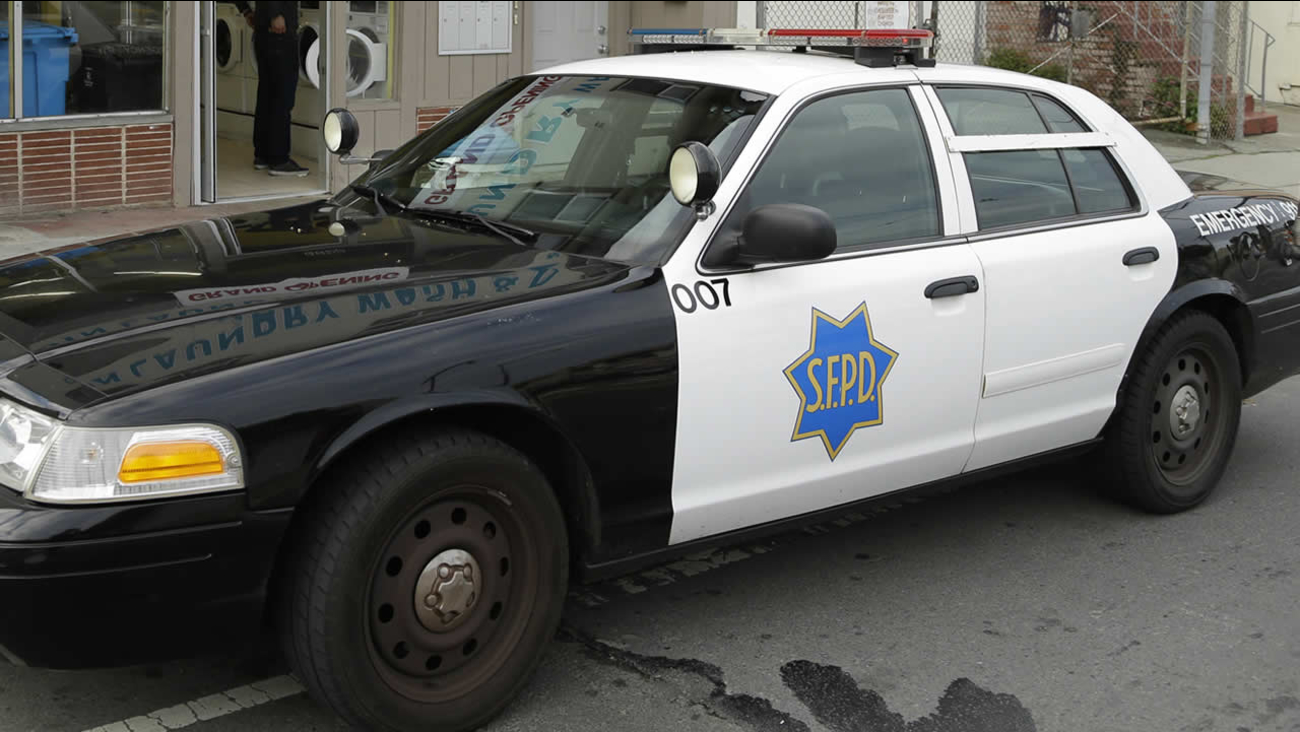

By Dylan Ferguson and Layla Mustafa
SAN FRANCISCO- The San Francisco Police Commission this last Wednesday announced sweeping reform to the SFPD after a two and one-half year negotiation with the San Francisco Police Officers Association.
But it’s been a long two and one-half years.
Placed in effect on June 1, 2016, the San Francisco Police Department established a body worn cameras (BWC) program that demonstrated “its commitment to transparency, ensuring the accountability of its members, increasing the public’s trust in officers, and protecting its members from unjustified complaints of misconduct.”
However, on Jan. 10, 2018, the SF Police Commission voted to revise the 2016 body camera policy. One of the key revisions included whether an officer should be able to view camera footage following an incident.
an incident.
While the Police Commission unanimously adopted the set of revisions in 2018, before it was able to pass into law, the SF Police Officer Association (SFPOA) stalled any passage of the revisions, by claiming bargaining power.
The SFPOA has a collective bargaining agreement with the City of San Francisco, and in this case claimed the right to negotiate the proposed revisions.
Following the 2018 pushback by SFPOA for bargaining power the proposed revisions became subject to a two and one-half yearlong closed-door negotiation. Many members of the public and proponents of the revisions found these union negotiations to be incredibly disheartening.
Not only were the revisions stalled for two and one-half years, but the lack of transparency effectively averted the public eye from the proceedings. Although the policy came to pass this week, many still wonder what actually transpired during these negotiations.
It is important that the public has access to the actual meetings which occurred in the past two and one-half years. Otherwise, the SFPOA runs the risk of the public assuming that the drawn out negotiation was a form of “bad-faith delay tactics.”
When asked about the delay on these negotiations, San Francisco Police Officers Association President Tony Montoya stated that he believes that the Police Commission is “focused on thumb twiddling over commas and semi-colons on a policy that has been effective as opposed to focusing on 40% increase in homicides our city has seen. Maybe [at] some point the Commission [sic] will get focused on priorities—like the increase in murder and shootings in our neighborhoods.“
Many proponents of the revisions continued to pressure the Police Commissioners to finalize the reforms.
On July 6, the Bar Association of San Francisco wrote a letter calling on the SF Police Commission to end the delay and clarify their position.
In the letter they state: “Neither BASF nor any member of the public has access to the policy language that emerged from the meet and confer process, and cannot know whether the positive changes unanimously passed on January 10, 2018 remain in policy”
On October 14, members of BASF as well as a countless number of advocacy groups were finally greeted with success. The groups were met with “sweeping revision” to SFPD policy.
The policy will enter another meet-and-confer session with the SFPOA. While the Police Commission clarified that only “mandatory subjects” of the policy would be considered for bargaining, it is still unclear how long these new negotiations will take.
Commissioner Cindy Elias requested a status update in two months. Seemingly, an attempt at trying to amend some of the past ambiguity accusations surrounding the negotiations.
In 2016, the BWC was created as a tool to effectively “record audio and video activity to preserve evidence for use in criminal and administrative investigations.”
Prior to being issued a BWC, each officer is required to be trained on the operation and care of the device. They are instructed to when feasible, “inform individuals that they are being recorded”, not activate or deactivate the BWC at a citizen’s requests, and continue recording until “their involvement in the event has concluded to ensure the integrity of the recording, unless the contact moves into an area restricted by this policy.”
Officers are prohibited from activating the BWC when encountering sexual assault and child abuse victims during a preliminary investigation, situations that could compromise the identity of confidential informants/undercover operatives, and strip searches. Unless a “member can articulate an exigent circumstance that required deviation from the normal rule in these situations.”
Additionally, officers are required to deactivate the BWC under various circumstances, such as compromising the confidentiality of a patient or privacy of a victim and discussing sensitive law enforcement information away from the citizen. It is required for these cases that, “the officer has a reasonable and articulable concern that a BWC would inhibit information gathering efforts.” If an officer does deactivate the BWC, they are required to document it as outlined in Section III, G, Documentation.
Under the 2016 program, an officer is permitted access to review footage of his or her own BWC for any “legitimate investigatory purpose”, which includes preparing an incident report, preparing statements, conducting follow-up investigations, and providing testimony.
However, this general order also states that following any criminal matter (including an officer-involved shooting or an in-custody death, “any subject officer shall be required to provide an initial statement before he or she reviews any audio or video recording.“
The aggregate concern over whether officers may view body camera footage prior to statements stems from a variety of potential issues.
One complication highlighted in the revision was whether allowing an officer to view camera footage prior to a statement would alter his claims. After reviewing footage, an officer has the opportunity to justify particular actions taken, or tweak their story. This effectively tampers with the truth of their statement, and has led many proponents of the revision to question the integrity of statements in such cases.
Alternately, the revision would work to also ensure that footage is not affecting the officer’s own understanding of the incident. Rewatching incident footage may alter the officer’s personal understanding of what occurred and is equally detrimental to the statement’s validity.
Another complication that is emphasized is the difficulty that some officers had with turning their cameras on and off.
According to a report published by the Department of Police Accountability last month, “officers failed to properly activate their body cameras in some 50 instances from June 2017 to December 2019.“ This report also revealed that in some of those cases, officers were found to have improperly searched civilians or used excessive force on them.
To sign up for our new newsletter – Everyday Injustice – https://tinyurl.com/yyultcf9
Support our work – to become a sustaining at $5 – $10- $25 per month hit the link:




